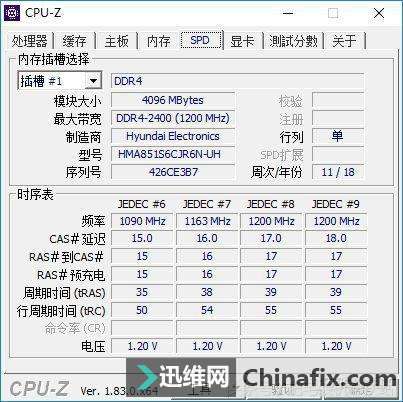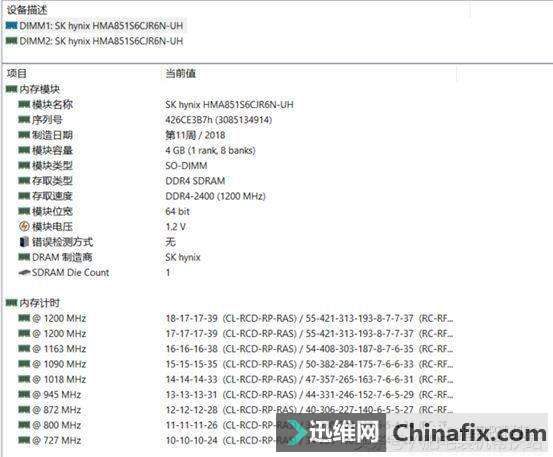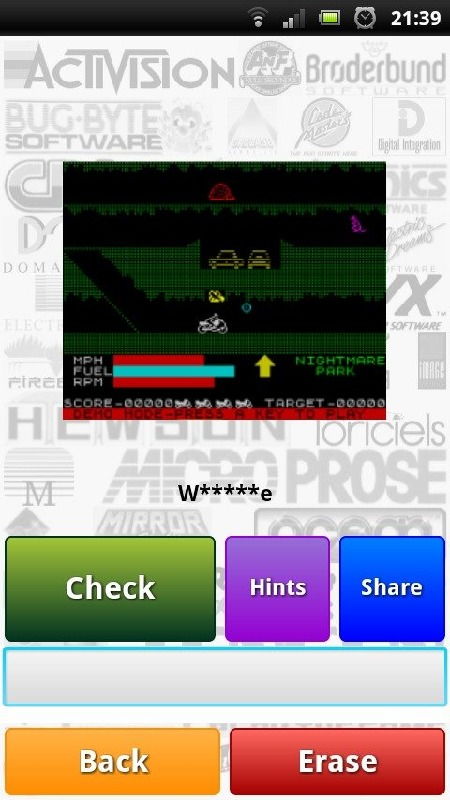
8 Bit Graphics: A Detailed Multidimensional Introduction
Have you ever wondered what it was like to play video games in the early days of computing? The answer lies in the world of 8-bit graphics, a term that refers to the pixelated, colorful world of early video games and computer graphics. In this article, we will delve into the history, technology, and impact of 8-bit graphics, providing you with a comprehensive understanding of this fascinating era.
History of 8-bit Graphics

The era of 8-bit graphics began in the late 1970s and continued through the early 1990s. This period was marked by the rise of home computers and the advent of video games. One of the earliest examples of 8-bit graphics was the Commodore 64, released in 1982, which became one of the best-selling computers of all time.
During this time, the technology was limited, and graphics were created using a limited palette of colors and simple shapes. However, this limitation led to a unique aesthetic that has become iconic in the gaming world. Some of the most popular 8-bit games include “Super Mario Bros.,” “Pac-Man,” and “Contra,” which are still beloved by gamers today.
Technology Behind 8-bit Graphics

8-bit graphics were created using a limited amount of memory, typically 8 bits per pixel. This meant that each pixel could only be one of 256 colors, which was a significant limitation compared to today’s high-definition graphics. Despite this, developers managed to create stunning visuals by using clever techniques and limitations.
One of the key technologies behind 8-bit graphics was the use of sprites. Sprites are small, pre-rendered images that are used to create characters, objects, and backgrounds in games. By combining multiple sprites, developers could create complex scenes and characters with limited memory usage.
Another important aspect of 8-bit graphics was the use of tile-based graphics. Tiles are small, square images that are used to create larger backgrounds and environments. By repeating tiles, developers could create vast worlds with limited memory and processing power.
Impact of 8-bit Graphics

The impact of 8-bit graphics cannot be overstated. This era of gaming and computing has had a lasting influence on the industry, culture, and the way we think about graphics today. Here are some of the key impacts of 8-bit graphics:
-
Iconic Games: Many of the most iconic games in history were created during the 8-bit era, including “Super Mario Bros.,” “Pac-Man,” and “Contra.” These games have become cultural touchstones and have influenced countless other games and media.
-
Artistic Expression: The limitations of 8-bit graphics forced developers to be creative and innovative, leading to some of the most unique and memorable visuals in gaming history.
-
Community and Nostalgia: The 8-bit era has created a strong sense of community and nostalgia among gamers. Many people fondly remember the games and computers of this era, and there is a thriving retro gaming scene that continues to grow.
-
Influence on Modern Graphics: The techniques and aesthetic of 8-bit graphics have influenced modern graphics, with many developers looking back to this era for inspiration.
8-bit Graphics Today
While the era of 8-bit graphics is long gone, its influence can still be seen today. Many developers have created modern games that pay homage to the 8-bit era, using its aesthetic and techniques to create unique and memorable experiences.
Additionally, the retro gaming scene has never been stronger. Many people have rediscovered the joy of playing classic 8-bit games on modern platforms, and there are numerous websites and communities dedicated to retro gaming.
One of the most notable examples of modern 8-bit graphics is the “Super Mario Odyssey” series, which has been praised for its creative use of 8-bit aesthetics and gameplay.
Conclusion
8-bit graphics may be a thing of the past, but its legacy continues to live on. This era of gaming and computing has left an indelible mark on the industry, culture, and the way we think about graphics. Whether you are a nostalgic gamer or a developer looking for inspiration, the world of 8-bit graphics is a treasure trove of creativity and innovation.
| Year | Notable 8-bit
Related Postscats that bite,Cats That Bite: A Comprehensive GuideCats That Bite: A Comprehensiv… Like |
|---|







